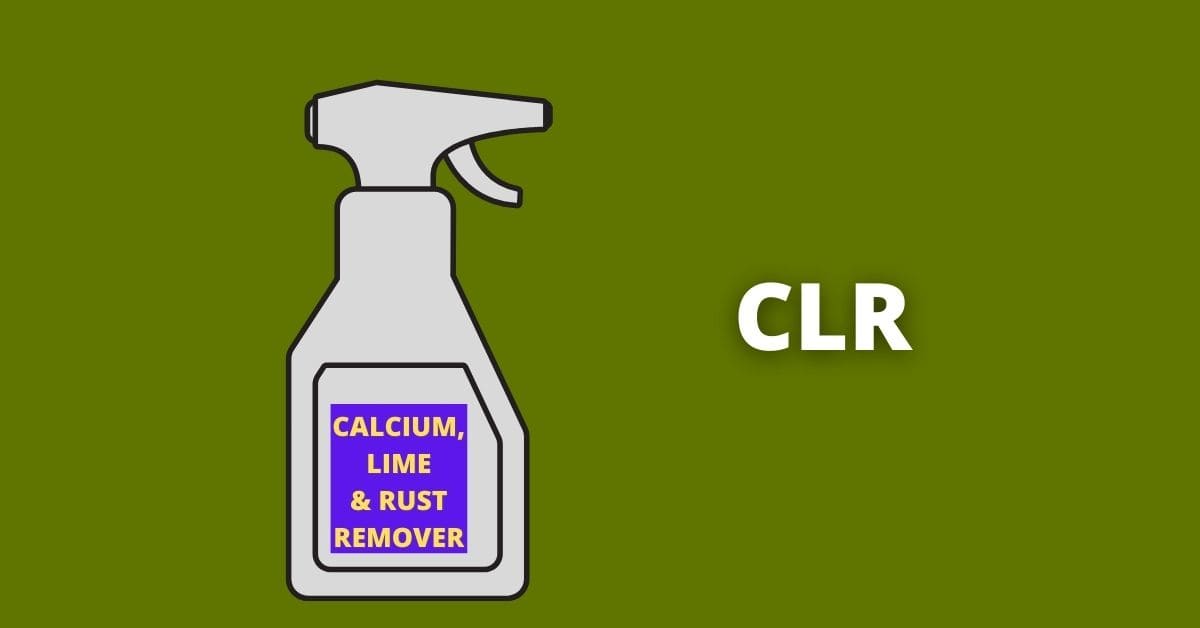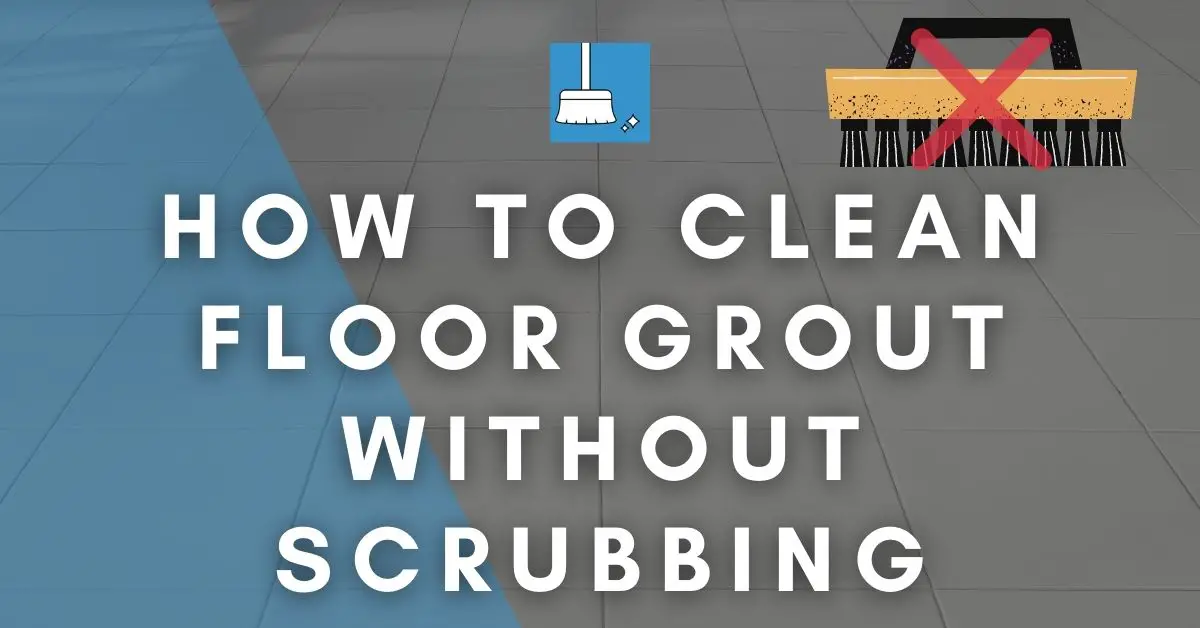Are you getting cloudy mineral deposits over your dishwasher’s heating element which is also covering your glasses and ceramic dishes? OR Are you looking for a solution for that stinking plastic that melted inside your dishwasher?
In any case, both of these troubles are common ones and can be tackled easily if you know what to do.
Don’t know what to do?
Let’s see then!
How to Clean a Dishwasher Heating Element?
First, we’ll see how you can take on those hard water calcium deposits over the heating element, and then we’ll see how to remove melted plastic from it.
Removing Hard Water/Calcium Deposits from the Heating Element (2 Methods)
It can happen that the dishwasher heating element may start getting white powdery residue on it, which also gets left on your glass cups and dishes. This calcium buildup is due to hard water and is a normal occurrence.
If you want to get water that is hot enough to wash your dishes thoroughly, you need to clean hard water and calcium deposits from your heating element.
Method 1: Using Vinegar or Tang (Orange) Drink Powder

Vinegar does an excellent job in removing the calcium and mineral buildups as it has Acetic Acid in it.
YOU’LL NEED
1- Cup
2- Distilled white vinegar / Tang Powder (Orange)
3- Brush
STEPS
STEP 1- Empty your dishwasher of all the dishes and utensils.
STEP 2- Pour vinegar or Tang solution directly over the heating element a wait for 5 minutes for it to start its acidic action and then scrub it with a brush.
STEP 3- Now, Place a cup full of white distilled white vinegar/ Tang drink on the top rack. The acidic content breaks down the water build-up from the heating element, spray arms, walls, and the floor as well.
STEP 4- Now start a ‘short’ to ‘medium’ cycle of your dishwasher at the hottest settings.
STEP 5- Finally, to get the odor out of your dishwasher, use a solution of dish soap and water to clean the inside of your dishwasher and rinse with warm water.
If the mineral deposits are still sitting there and are as thick as before, then you may need to replace the heating element.
If you do not like the smell of Vinegar, you may use lemons or oranges as alternatives. These will also be able to break the mineral deposits.
Always use a natural distilled white vinegar for cleaning purposes.
Method 2: Using Calcium-Lime-Rust Remover (CLR)

If the calcium deposits do not go away with the above method, then you will need to use this method.
YOU’LL NEED
1- CLR
STEPS
STEP 1– Run the dishwasher up to the main wash cycle without adding any detergent.
STEP 2– Stop the dishwasher in the middle and add the CLR and complete the cycle.
STEP 3– Run the dishwasher once more on a wash & rinse cycle with cold water.
If even after using the second method, the problem of hard water deposits continues, then you will need to consider a filtration system or a water softener.
Removing Melted Plastic from the Heating Element (3 Methods)
The smell of a melted plastic spoon, spatula, or a lid in the dishwasher is terrible and who does not want to get rid of it as it takes control over your whole house sometimes. It is easy for the small plastic spoons to slip through the racks onto the heating coil of your dishwasher and melt. This can happen even if those are dishwasher safe.
Method 1: Using a Razor Blade

Before you begin the process, let the heating dishwasher cool down and turn off its power supply.
YOU’LL NEED
1- Metal thongs
2- Razor blade
3- Steel wool
4- Baking soda
5- Lemon
6- Dish soap
7- Warm water
STEPS
STEP 1- Empty the dishwasher by taking the racks and utensil holders out.
STEP 2- Without putting too much physical pressure on the heating element or pulling it, try to remove as much plastic as you can with a pair of metal thongs. The larger portions of melted plastic can easily be removed once the heating element completely cools down.
STEP 3- Using a razor blade, scrape off the remaining plastic on the heating element as gently as you can so as to not damage the element.
STEP 4- Dip steel wool in a thick paste made of Baking soda and water and scrub off the plastic from the heating element of your dishwasher
STEP 5- Use a solution of warm water, lemon, and dish soap to wash the element once more for removing the leftover odor.
STEP 6- Rinse with warm water.
Method 2: Using a Hairdryer

YOU’LL NEED
1- Metal thongs
2- Hairdryer
3- Wooden scraper (like an ice cream stick)
4- Baking Soda
5- Steel wool brush
6- Lemons/lemon juice
STEPS
STEP 1- Open all the windows as well as your kitchen exhaust so as to let the plastic smell out.
STEP 2- Ensuring that your dishwasher is turned off, let the heating coil cool down.
STEP 3- Empty your dishwasher by taking out the racks and holder/s.
STEP 4- Plug your hair dryer into a nearby power outlet and turn it on at its maximum heat setting to heat the plastic that is stuck to the heating element.
STEP 5- When you see the plastic getting softer, use your wooden scraper to scrape off as much plastic as you can.
STEP 6- Sprinkle some baking soda over a steel wool brush and scrub off the remaining plastic.
STEP 7- Pour half a cup of lemon juice on the bottom of the dishwasher and run a hot medium cycle. The lemon will eliminate any or some of the remaining plastic odor from your dishwasher and also remove calcium build-ups.
Method 3: Using Ice Cubes

YOU’LL NEED
1- Ice cubes
2- Plastic bag
3- Razorblade
4- Clean cloth (2)
5- Nail polish remover
6- Baking soda
7- Warm water
STEPS
STEP 1- After the dishwasher cools down, take out the racks and utensil holders.
STEP 2- Get your ice cubes and put them in a plastic bag.
STEP 3- Place the plastic bag over the heating element (which has cooled down) and let it stay there for 20 minutes.
STEP 4- After 20 minutes, remove the bag to check if the melted plastic has hardened enough to break easily. If not, place the bag again for another 10 minutes.
STEP 5- Scrape the hardened plastic off with a razor blade. Do this carefully without damaging the heating element.
STEP 6- Soak a cloth with nail polish remover and place it over the heating element for 7-8 minutes. This will break down the plastic which will help in removal.
STEP 7- Use the razor blade to scrape off the remaining plastic.
STEP 8- Sprinkle baking soda over the heating element and scrub it with a damp cloth.
STEP 9- Finally, rinse the heating coil with warm water and you will have a clean heating coil once again.
STEP 10- Remove any plastic pieces from your dishwasher.
Removing Plastic Odor From Your Dishes

Glasses and ceramic dishes will easily absorb the smell of melted plastic and retain it.
YOU’LL NEED
1- Baking soda
2- Microfiber cloth
STEPS
STEP 1- You should soak these dishes in a sink filled with hot water and ½ cup of Baking soda.
STEP 2- Leave these dishes in the hot water solution for 3-4 hours and the baking soda will absorb the odor.
STEP 3- Rinse the dishes with warm water and dry them with a microfiber cloth.
TIP: It is a good practice to wash thin plastic items (especially the ones that are not dishwasher safe) by hand. These not get damaged themselves but can also damage the dishwasher.
Conclusion
Regularly cleaning your dishwasher is a healthy practice especially if you have hard water problems. Not only will this keep your dishes clean but will also help in maintaining the longevity of your dishwasher. The methods shown are tried and tested.
Be sure not to get tempted to simply throw in washing machine cleaner into your dishwasher for cleaning it as this cleaner is not meant for dishwashers.





